Google launched its new family of smartphones this Wednesday (5th), with a strong focus on Artificial Intelligence. One of the highlights that made Pixel 8 Pro on of the most advanced model was Video Boost feature.
How does the tool work? What technologies does the Mountain View giant use to carry out the process? The Tech Basic shows the highlights for you in this article.
Read Also: Exploring Pixel Watch 2 New Features And Upgrades
What is Video Boost?
Video Boost in Pixel 8 Pro is a post-processing feature designed specifically for 4K videos shot on the Pixel 8 Pro. The feature works on each frame of 4k resolution video. The process is applied to recordings made using the Google cell phone’s HDR+ image mode.
![]()
In practice, the company claims that the feature will allow footage taken with its top-of-the-line device to have a better dynamic range, increased details, and more vivid colors.
What Technologies Are Used?
The new feature works based on a set of applied technologies. Directly on the cell phone, the highlight is what is present in the image sensor and is called “double conversion gain”. This is responsible for improving image noise and dynamic range.
The traditional HDR works by mixing several separate photos however, the Pixel 8 Pro Video Boost does not work like that despite Google calling it “double exposure. Instead, it captures the details of low-light and well-lit parts of the scene at the same time, pixel by pixel. Next, the best records of each are combined.
Isaac Reynolds, Google product manager responsible for Pixel line cameras, in an interview with the CNET portal explains:
“Whether it’s a high-contrast scene or a low-light scene, you’ll see dramatically better performance compared to the Pixel 7 and Pixel 7 Pro. You don’t have to compromise on dynamic range. That means less underexposure, which means less shadow noise.”
Read Also: Google Pixel 8 Pro – Elevating Smartphone Photography and AI To New Heights
On-Premises and Cloud Processing
The process starts locally using the new Tensor G3 platform. Google’s third-gen custom chips have more integrated circuits for AI and image processing compared to the previous version. With this hardware, the brand’s phone can generate two versions of the recorded video. One offers immediate local 1080p viewing, which users can watch and share right after recording.
![]()
The second is sent to Google with the aim of making further edits. According to Reynolds, this version is already pre-processed by Tensor G3 with up to 400 metadata elements for each frame, which allows for greater characteristics to be added to the depicted scene. The final step takes place through Google’s data centers, via the cloud. The company’s servers leverage algorithms to reduce noise and improve stabilization and sharpness in low-light images. After a few hours, the processed video – which can be in 4K – takes the place of the first viewing version on the smartphone.
Video Boost Feature Privacy and Security Concerns
If you’re wondering about the security of sending footage to Google’s servers for Video Boost, it’s a valid concern. You might be curious about how the company handles and stores that content. According to Google, they strictly adhere to their standard privacy policies. After processing, the backup version is deleted, leaving it only on your device. This means the company won’t retain any copies.
As for the intermediate versions generated during the Video Boost process, rest assured, they are promptly discarded as soon as the new final file is completed. This ensures that your content is handled with the utmost privacy and security.
Read Also: Samsung Announces Galaxy SmartTag 2 With New Design, Energy Efficiency, UWB, And BLE




